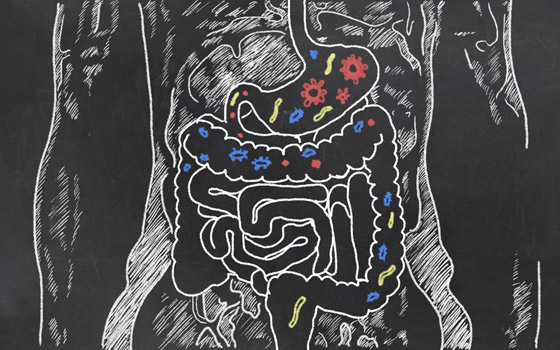These two terms sound very similar and are often used interchangeably, but they are very different and have different roles for the digestive system. Gut health is extremely important so understanding the difference can help stomach issues and better movement of food through the system.
Prebiotics are non-digestible and is the fiber of foods that doesn’t get broken down. It can be found in foods such as bananas, the skin of apples, garlic, onions, beans, as well as many other items. This fiber enters the small intestine and is fermented once it reaches the colon. Fermentation helps to increase the good type of bacteria. By boosting total fiber intake, you also boost prebiotic fiber. Prebiotics can be thought of as the fertilizer for the gut. They’re not affected by heat, cold, time, or acid. The nourish the already existing good bacteria present in the gut. They can help treat obesity, bone loss, and digestive disorders. Prebiotics also increase the concentration of calcium and magnesium in the intestine. They can help lower cholesterol too.
Probiotics are live bacteria that increase the fermentation process in foods including kefir, miso, kimchi, and other types. They can be taken in pill forms as well. Many people have found the gastrointestinal benefits of taking probiotics. It is important to understand that probiotics when taken as a supplement are only affective when they are alive. They can easily be affected by heat or stomach acid. There are hundreds of types of probiotics. They have to compete with other bad bacteria in the gut. They have been found to be effective in treating irritable bowl disease, childhood diarrhea, and other bowl infections. Probiotics also help balance out the poor effects of antibiotics. They can also help enhance healthier skin. They can help with colon irritation after surgery.
Food is the best source of prebiotics and probiotics. However, in today’s processed high sugar food, obtaining enough fiber is not always up to par. It is recommended that we consume 25-38 grams of dietary fiber and 5 to 20 grams of prebiotic fiber daily. Both prebiotics and probiotics are most effective when taken or consumed regularly. This even means taking them at the same time of day. We need proper gut health to absorb nutrients, feel comfortable after eating, and of course to process the food that we have consumed. As much as we tend to enjoy food, an upset stomach can ruin any day and make daily activities difficult.
Probiotics, prebiotics and synbiotics- a review – PMC (nih.gov)
Prebiotics vs. Probiotics: What’s the Difference? – Cleveland Clinic
(PDF) PROBIOTICS AND PREBIOTICS (researchgate.net)
—



